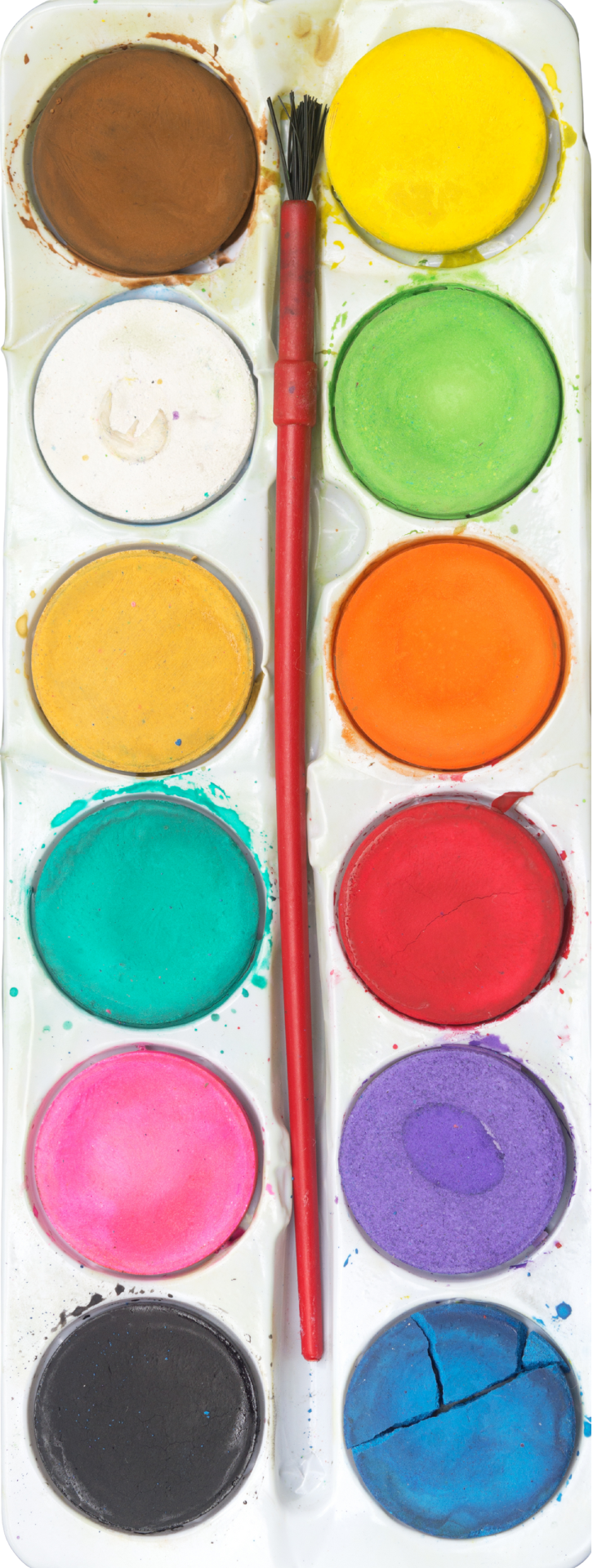Oil painting solvents (e.g., turpentine, mineral spirits) and components in acrylics emit volatile organic compounds (VOCs), which contribute to air pollution, smog formation, and health issues such as respiratory irritation and neurological effects.
95% of globally produced paint is plastic-based.
Most modern paints rely heavily on polymer binders derived from fossil fuels.
The common supplies artists, especially painters, use in their art include paint (acrylic, watercolour, and oil), paper or canvas, and brushes. While these materials have been around for decades and may not seem a threat to the planet, the materials they are composed of, as well as how they were manufactured still have an impact on the environment.

From beloved brands you'd see in the mall like Papemelroti to those that get in touch with our cultural roots like A&R Craft Philippines Inc., check out these ten sustainable arts and crafts brands!
Brands occasionally appropriate sustainability messaging without making significant changes, whether through performative gestures, ambiguous marketing, or greenwashing. Find out more in an interview with Ms. Hazel Butardo from The Philippine Center for Environmental Protection and Sustainable Development, Inc. (PCEPSDI).
Keeping your creative tools clean doesn’t have to mean introducing toxic chemicals into your workspace or the environment. From simple kitchen staples to biodegradable cleaners, there are plenty of safe, effective ways to care for brushes, paints, and other materials. This guide walks you through non-toxic cleaning methods for both water and oil-based paints, tips for rescuing dried brushes, and eco-conscious disposal practices to protect waterways and reduce waste. All without compromising your art.